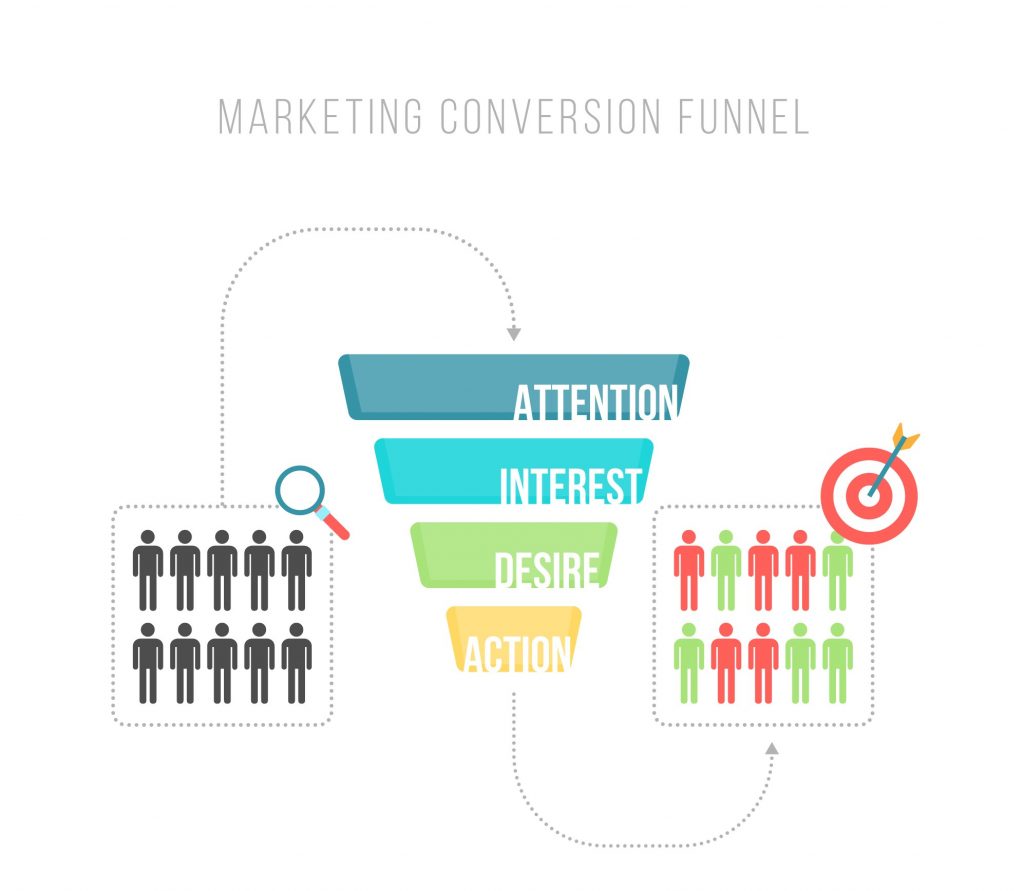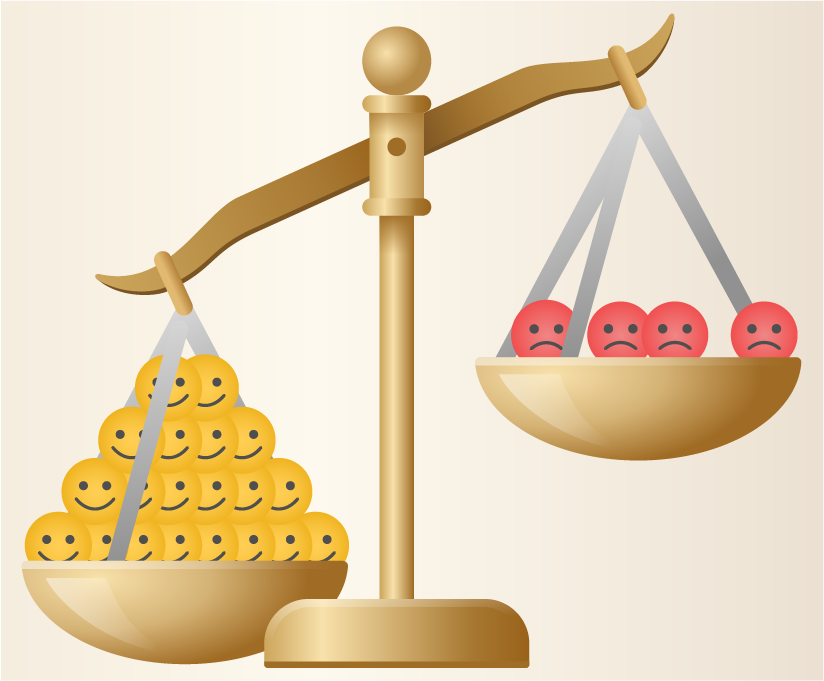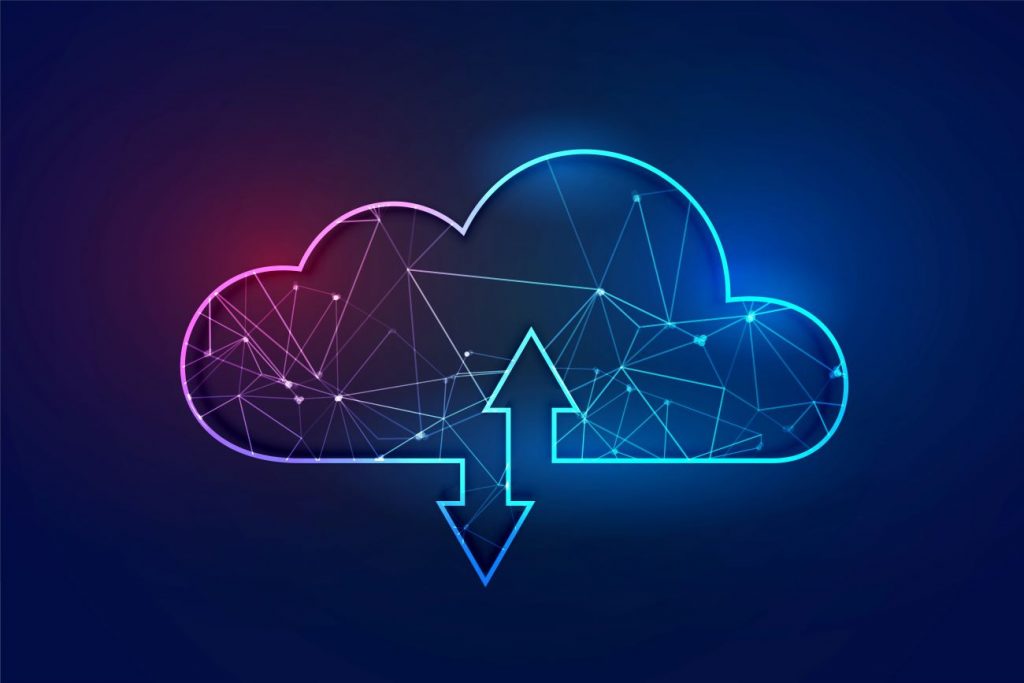The world of digital products is an exciting one, with the size of the market predicted to grow to around $307 billion by 2026. And with a gigantic scope of potential products, with seemingly limitless growth potential, it’s a market that sees new products and brands every day.
Promoting your app or SaaS takes a special kind of strategy. Whether you’re promoting a new software platform, or you’ve just released a new game via an app, understanding how to maximise your marketing in this sector is key to long term success.
There are several reasons why SaaS and app marketing is a little different to your common or garden physical product or real world service promotion.
What makes software marketing different?
Digital product marketing presents a number of challenges compared to real world products or services (by which I mean tangible products or those with a physical presence).
1. A congested marketplace
The first challenge is standing out in your industry or marketplace. With SaaS marketing, the key is to identify relevant channels and be visible. With games, there are millions out there, many of them totally free, so how does yours command the attention of your target market?
And, when it comes to unique services, how can you let customers know how your product is going to ease their pain points? In fact the software sector is huge, with thousands of competing products in each industry.
Just take a look at the many digital marketing tools available, and you can see what the problem is. Do you go with Ahrefs, SEM Rush, Opteo, SERP stat, SEO Surfer, SpyFu or something else? Do you need more than one of these, or do some of them do the same thing?
2. Free vs paid?

Most software as a service products offer a subscription model, often with a rolling contract. Usually, to get people on board, they will offer a freemium model; that is, a free level with the option to pay for the full featured model later.
Many games or software platforms offer a level of usability that is totally free, but with optional paid upgrades on an ad-hoc basis.
Others will aim to get potential customers interested with a free trial or a service that is reduced in some way. This gets customers to trust the product as it offers quality for free, therefore more likely to want to pay for the more full-featured package.
3. Retention and churn
Keeping paying customers is a familiar problem to marketers in any industry. But when it comes to subscription based business models, reducing churn, or cancellations, is another key aspect of effective SaaS marketing.
Most software services and games rely on long term customers who are happy to pay the very reasonable subscription fees. Reducing churn is it’s own subject, but very much one that ties into software marketing overall.
We’ll take a look at this later in the post.
But, for now, if you’re a developer or marketer for a software brand, how can you create a grade A app or SaaS marketing strategy?
Building your software marketing strategy
Digital marketing is similar across most industries, although some unique challenges make software advertising a little more complex. When you’re planning to promote your software product, all of these will most likely factor in.
1. Market research
Like all marketing strategies, the fundamentals lie in your research. And this means a solid understanding of your target market, their pain points, your competitors and even the demand for your product.
When it comes to software as a service, chances are you’re entering an already crowded market. So what sets you apart from the competitors? Is it your pricing, or is it a unique service offering?
Most businesses use multiple software apps in their day to day runnings. This can include CRMs, invoicing software, spreadsheets and word processors, communications tools, organisation tools, analytics tools, schedulers and even more.
In fact, the average small firm of up to 50 employees or more uses around 25-50 software packages, and spends around $350,000 on SaaS software (2020 figures).

2. Demographic targeting
Software often targets specific pain points. It might be taking international payments, managing your marketing efforts, keeping track of stock or allowing your customers to communicate with you 24/7.
You’ve already identified the need for your product, but who needs it? How much will they pay? What are the alternatives and why should they choose you instead?
On the chance that you’ve identified an underserved market and your product is one of the first solutions available, what proof do you have that your product is needed?
And how are people searching for you as a solution if they’re not yet aware of the problem?
This demographic targeting is a key aspect of any marketing including SaaS and software.
And yes this also applies to apps, including games. It might be a simple time killer app with in-app purchases, but it might be a handy on the go solution for professionals to log their expenses.

3. Search engine marketing
We’ve covered a lot about the world of SEM, or search engine marketing, on our blog before. In fact, you can read the in-depth post here.
But the key takeaways which apply to a SaaS marketing strategy are:
- Thoroughly research your keywords
- Understand how negative keywords can help avoid wasting your budget
- Use the Display Network (GDN) to promote your service via banner ads and videos
- Make sure to geo-target your campaigns to ensure accurate targeting (if you’re geo-specific)
- Use day-parting (running ads at different times of day) to help optimise your ad spend
- Be aware of invalid traffic and how this affects your campaign. Use ClickCease to ensure greater accuracy and an improved ROAS for your ads
Display advertising, such as video and banner ads, is going to be a key factor for marketing digital products and services. More so than with ‘real world’ products. So avoiding invalid traffic will help you ensure your ad spend targets only genuine human users and not bots of click farms.
4. Social media marketing
When it comes to generating brand awareness and loyalty, social media marketing for SaaS and apps is more important than ever. Which social media platform(s) you employ depends entirely on your service and product.
But to summarise:
- Facebook – The biggest social network with the biggest global reach. Facebook gives you the flexibility to run display ads, video, sponsored posts and more. Ads on FB also allow you to target users on the next big social media platform…
- Instagram – Very popular with millennials, with it’s engaging image and video based feed.
- Linkedin – As the social media choice for professionals, Linkedin is probably the best choice for promoting B2B products.
- Twitter – Usually one of the first social channels that businesses use, Twitter allows sponsored posts and even sponsored hashtags. Not the biggest platform, but still an important tool in the armoury.
- Snapchat and TikTok – Big social platforms for the under 30s. If you’re targeting a younger audience, these are both worth taking seriously.
- Reddit – Although it has a forum like appearance, Reddit has become a huge repository of knowledge and opinion. Millions of users a day from around the world make Reddit a useful social media marketing tool.
Social media is also a good place to see what people are saying about you (and to respond). And with the opportunity to build a following of real life customers (and potential customers), social media is essential for feedback and engagement.
Another important factor about social media is the opportunity to do both paid social and organic social. Most businesses will run an organic marketing campaign and pop in some paid whenever they need a boost to engagement or followers, or in the event of new products or services.
5. Sponsorships & partnerships
When it comes to getting a software brand out there, many will choose to build partnerships with established brands or trade associations.
As an example, proptech (property tech software) will usually partner with nationally recognised associations. Or travel software will often seek to partner with a well-known brand that can improve trust and visibility as they seek to build in a very competitive industry.
As a brand, ClickCease has also partnered with local industry partnerships and sponsored local events in Israel. We’ve also run successful long-term partnerships with content platforms and have now teamed up with one of the biggest security software platforms, CHEQ, as their solution for click fraud prevention for SMEs.

6. Encourage feedback
What better way to build trust in your software service than by curating lots of great feedback from happy customers? As part of any software marketing strategy, aim to bring genuine reviews from customers on sites such as:
- Trustpilot
- G2
- Capterra
You may also get lots of reviews or feedback on social sites such as Facebook and Reddit.
And crucially keep an eye on the feedback on these sites. If and when you get negative feedback (it happens to even the best intentioned companies), make sure to respond in a professional manner and do your best ‘objection handling’.
Negative feedback does show a balanced and more believable view of your product, and giving a positive and constructive response shows that you’re serious about keeping customers (even unhappy ones) happy.
7. Nurture brand ambassadors
Sometimes you’ll get a client who loves your service so much that they’ll be happy to shout about it from the moon. This is where you want to nurture these potential ambassadors and amplify those moon shouts
How do you do this?
Find ways to give them a platform and a voice, either on your own platform or on third party review sites or blogs.
If they’re a professional blogger/vlogger or influencer, try to walk the thin line between sponsoring them and giving them incentives to big you up.
Blocking fraud on your search marketing
Using paid search and display ads can be very effective, but invalid traffic can quickly eat up your budget. This is especially true with software and apps, where around 10% of all clicks on paid links come from non-genuine sources.
For competitive and high value search terms, this can rise to around 25%. What this essentially means is that your paid search results, display banners and video ads may be seeing fraudulent clicks and impressions at anything up to a quarter of your budget.
Although platforms such as Google do have measures to prevent click fraud on your ads, data has found that many invalid clicks from modern bots and fake click methods make it through.
The best way to prevent high volumes of invalid clicks on your Google Ads or Bing Ads is to sign up for ClickCease.
Avoiding churn and improving retention
Probably the most important part of marketing your software product is keeping those customers. Winning new paying customers is one thing, but retaining them long-term is an art form in itself.

So, how do you maximise your SaaS customer base and prevent churn?
Some simple solutions include:
- Offering top level customer service. Being available and responsive 24/7
- Give a great onboarding experience with plenty of support (including clear documentation and videos, as well as customer service)
- Making sure your product is regularly updated and any issues are quickly ironed out
- Engaging with your customers on social media and being open to constructive feedback
- Offering an annual subscription which discounts the monthly fee model
- Understanding your customer objections and working with them to help them understand how the product helps their pain points
The bottom line with software marketing
Like any product, marketing SaaS and apps needs multiple channels and strategies to be a success. You can’t just pop a few ads on Facebook or Google and expect your signups to fly.
You also need to be confident that your product is built for purpose and doesn’t contain a catalogue list of glitches and errors. And make sure your dev team are ready to step in if there are any…
As with any form of paid marketing, there is always the risk of fraud. Block fake clicks on your display ads and paid search results with ClickCease.
Find out more about click fraud in our in-depth guide, and if you’re pressed for time, try the quick guide instead.
Run a diagnostic on your Google and Bing Ads with our FREE trial for 7 days.
